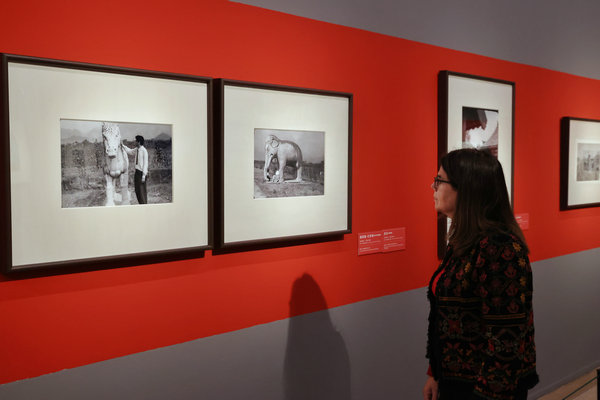

Venturelli began formal art training at 14. He studied biology and botany at college and participated the establishment of Chile's national herbarium, but it was his deep passion for art, and the pursuit of cultural exchange and peace through art, that motivated him to travel widely.
He once said that "artistic creation is a form of combat in the transformation of our materials, our ideas and ourselves. It's a form of struggle". He shared these beliefs with colleagues and students in Beijing, while he taught at the Central Academy of Fine Arts in the 1950s. His wife, Delia Baraona, taught Spanish at the Beijing Foreign Studies University. He also befriended prominent artists including Qi Baishi, Fu Baoshi and Li Keran, from whom he learned the beauty of classical Chinese art, the influence of which is visible in his drawings made while he was in China.

Paintings by Qi and Fu, and other artists with connections to Venturelli from the museum's collection, are also on show to mark their association.
Malva Venturelli, the artist's granddaughter and executive director of the Jose Venturelli Foundation, says that her grandfather not only brought his art and introduced Chile and its people to China, but was also deeply influenced by the country. "The life and social transformations of this land enriched his work," she says.
Jose Venturelli said that when he painted, he was also discussing the situation and fate of people.
"All his life, Venturelli thought about human nature, social values and the public good, which he expressed through different forms of art," says Wu Weishan, director of the art museum.
"The images on show were made decades ago, but the smiling faces and the scenes are still vivid, a reminder of the friendship being forged between the two cultures, and which continues to bridge the hearts of their people."